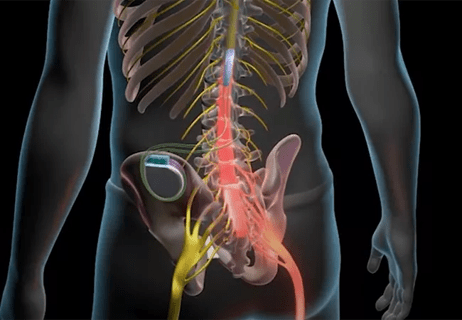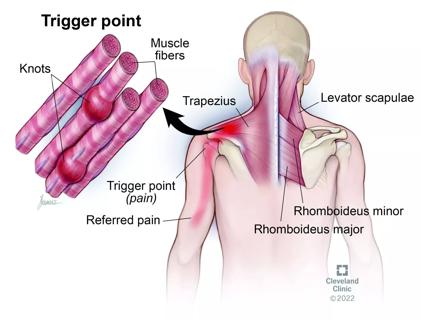Most patients who received stimulation reported a reduction of pain between 50-80%

An ongoing study of high-frequency spinal cord stimulation for painful peripheral diabetic neuropathy is producing promising early results. This research may provide an effective alternative to the unpleasant side effects commonly associated with the limited treatment options currently in use.
Cleveland Clinic is a non-profit academic medical center. Advertising on our site helps support our mission. We do not endorse non-Cleveland Clinic products or services. Policy
One year into the two-year study, a majority of patients receiving the treatment report a reduction in pain and almost all the patients who were randomized to receive conventional pain management elected to cross over into the group receiving high-frequency stimulation, says Cleveland Clinic Pain Management Specialist Jijun Xu, MD, PhD.
The findings may point to an attractive new option for treating a debilitating and painful condition that affects as many as 40% of people with diabetes. Treatment options now are limited. Drugs currently approved by the U.S. Food and Drug Administration for painful diabetic neuropathy cause frequent side effects including nausea, insomnia, headache, weight gain, drowsiness, confusion and dizziness.
“Many diabetic patients suffer from painful peripheral neuropathy — which significantly limits their quality of life — and, currently, the treatment options are limited,” explains Dr. Xu.
Lower-frequency spinal cord stimulation has been used to treat neuropathic pain with good results, but it often causes paresthesias — an unacceptable side effect for patients with diabetic neuropathy who already suffer from severe tingling. “That’s the major reason high-frequency stimulation is very appealing in this special patient population,” Dr. Xu says.
On the downside, high-frequency stimulation is not effective for all patients, he notes. “It’s not a panacea.”
The multi-center, randomized trial sponsored by Nevro Corporation compares high-frequency (10kHz) therapy with conventional treatment for patients with refractory diabetic neuropathy. High-frequency therapy involves the application of short-duration (30μs), low amplitude (1-5 mA) pulses to the spinal cord, using small electrodes implanted in the epidural space.
Of the patients at Cleveland Clinic who received the implant, most of them are satisfied with the treatment, Dr. Xu reports. “The majority of the patients have good pain reduction to some degree – somewhere between 50% to 80% pain relief – and others report they can do more work or walking than before they had the implant,” he says.
Patients who achieve less than 50% pain reduction with their randomized treatment have the option of switching groups after six months. “Pretty much all of the patients in the conventional medical management group crossed over to the spinal cord stimulation group,” he says.
According to the preliminary report from the multicenter randomized trial by Nevro at the North American Neuromodulation Society annual meeting in January, around 89% of patients experienced at least 50% pain reduction at three months after implantation of the spinal cord stimulator.
“It’s our hope that with the results published by this multi-center study, we can have a new option for this patient population.” Dr. Xu says.

Two-hour training helps patients expand skills that return a sense of control

Program enhances cooperation between traditional and non-pharmacologic care

National Institutes of Health grant supports Cleveland Clinic study of first mechanism-guided therapy for CRPS

Pain specialists can play a role in identifying surgical candidates

Individual needs should be matched to technological features

New technologies and tools offer hope for fuller understanding

Pathophysiology, diagnosis, treatment and a COVID-19 connection

Clinical judgment is foundational to appropriately prescribing